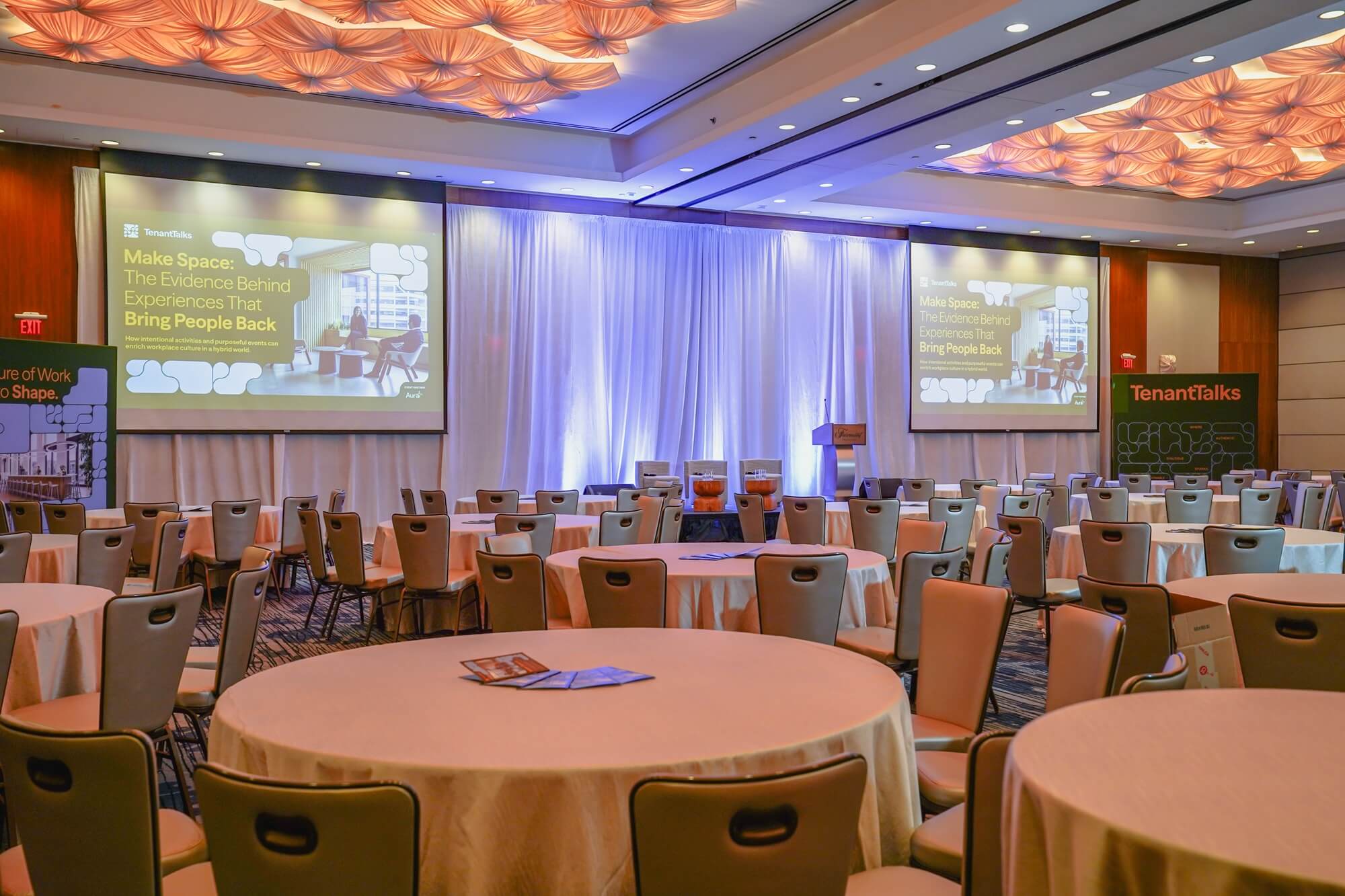What Is Activity-Based Working?
There is a modern office design that motivates employee engagement, collaboration, and productivity. Learn more about Activity Based Working (ABW).
Open concept or private office design? The great debate between these concepts persists with their respective benefits and drawbacks. In the past few years, open concept workplaces have become popular among tech companies for their ability to foster collaboration and creativity. However, the noise and distractions that come with an open office can cause difficulties for people who require concentration to be efficient. Companies and design-build firms alike have been working around the clock to find the right alternative. This is where activity-based working (ABW) comes in.
Activity-Based Working and its Benefits
Activity-based working is an office design and utilization concept where no one has their own personal workstation. Instead, there would be numerous workstations where people can perform their designated activities, such as collaborating, focusing, learning and socializing. Because there is no specific seating arrangement, the workspace is agile. Acquiring movable furniture and implementing modular room designs can ensure your workstation can be easily rearranged to suit specific activities and to accommodate additional people. Since there is no specific and permanent way that an office is set, employees can effortlessly create a design that suits certain tasks, future-proofing the office.
The Role of Interior Design and Space Planning in ABW
Office space planning is a creative methodology that uses innovative interior design to maximize the efficiency of layouts so employees can work together and separately to optimize the flow of space. Space planning allows you to utilize spaces for the diverse responsibilities your staff complete on a daily and weekly basis. Employees can contribute to space planning by sharing their needs, as ABW prioritizes their work experience.
Space planning also does wonders for operations as it develops an agile workplace that streamlines the workflow. You can teach your staff how to optimize each space by incorporating environmental cues. For instance, a series of private booths suggests that the area is meant for concentrating, whereas a round table in the open implies an area for collaborating and socializing. Furthermore, planning reduces space-related expenses — most companies are based in urban centres and office space costs thousands of dollars annually. By planning out your work stations, it helps you maximize your available square footage and future-proof your office.
Conclusion
Among the various office design trends, ABW combines the best of both worlds, as it enables the benefits of both private workstations and the open-concept office design. With this new methodology, organizations can deal with any space-related problems in their workspace. The agility of the work environment improves efficiency and productivity while keeping space-related expenses low.
We’re dedicated to helping you create an ABW workspace that will help you achieve more as a business. From workspace planning to implementing the design of the office, we’ll work with you every step of the way. Get in touch to book a complimentary consultation.


